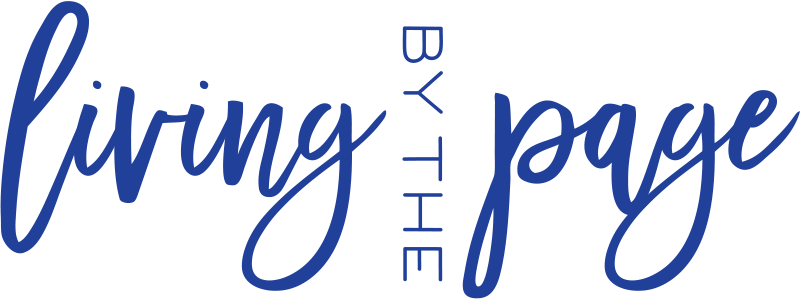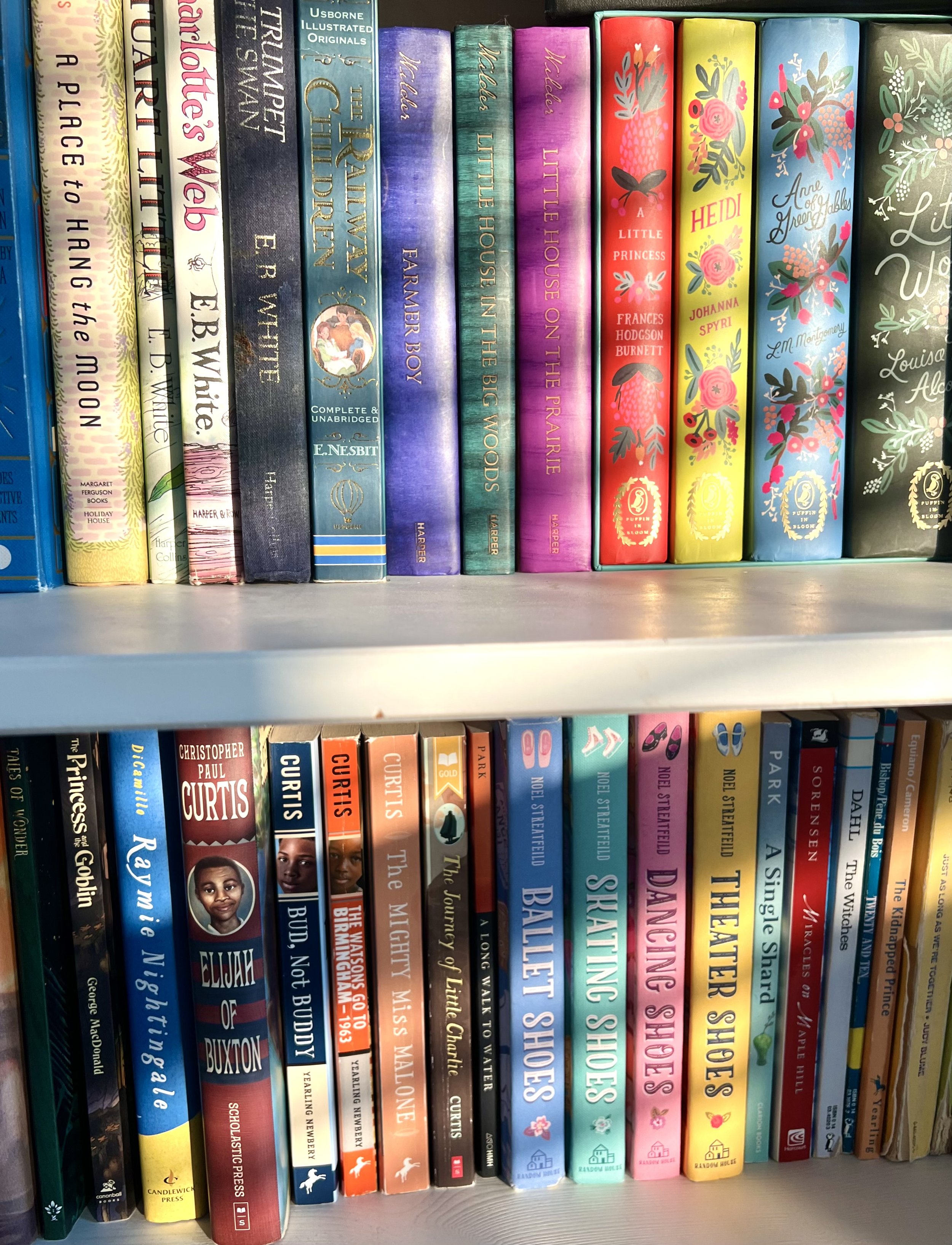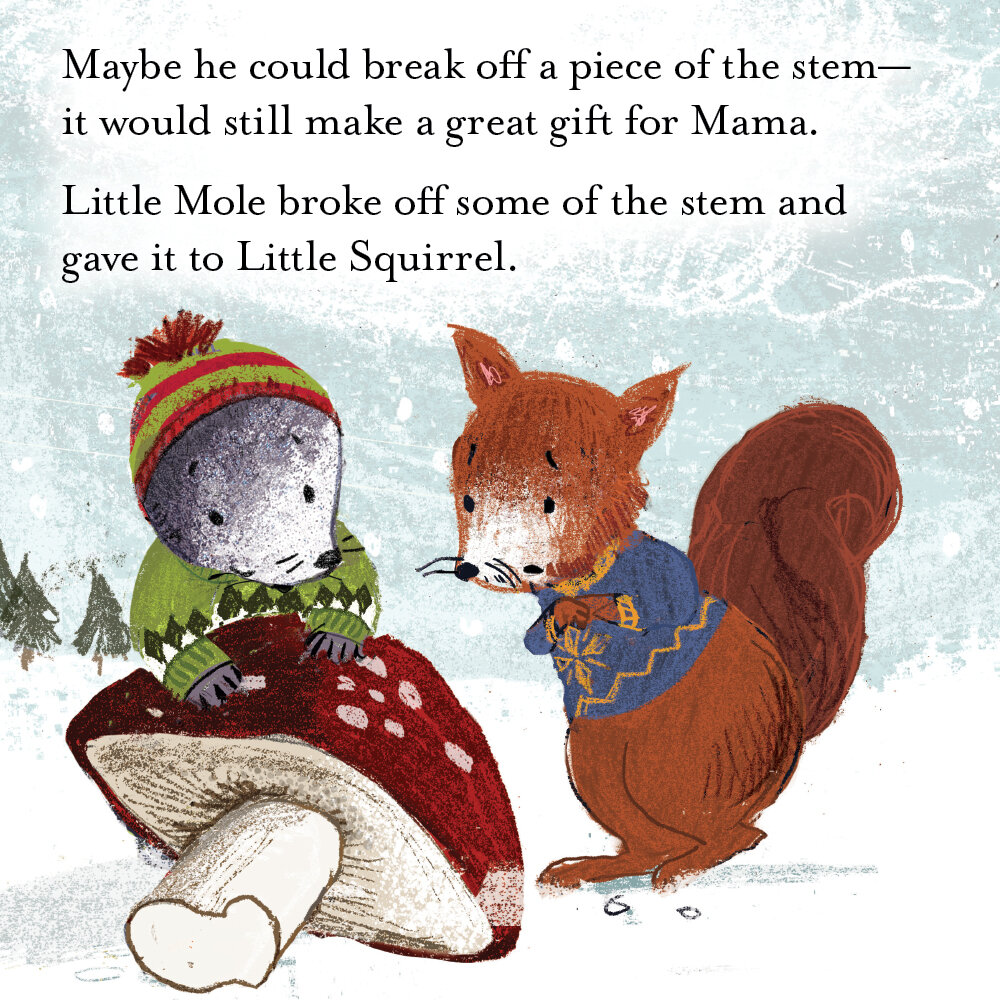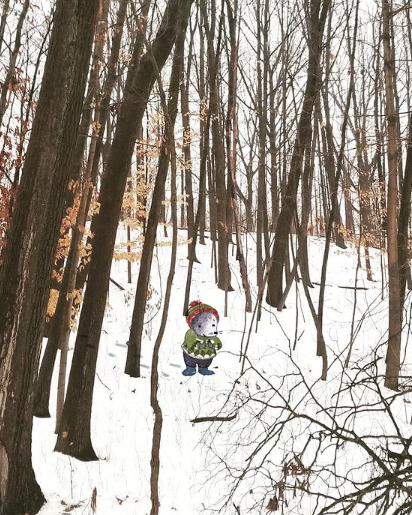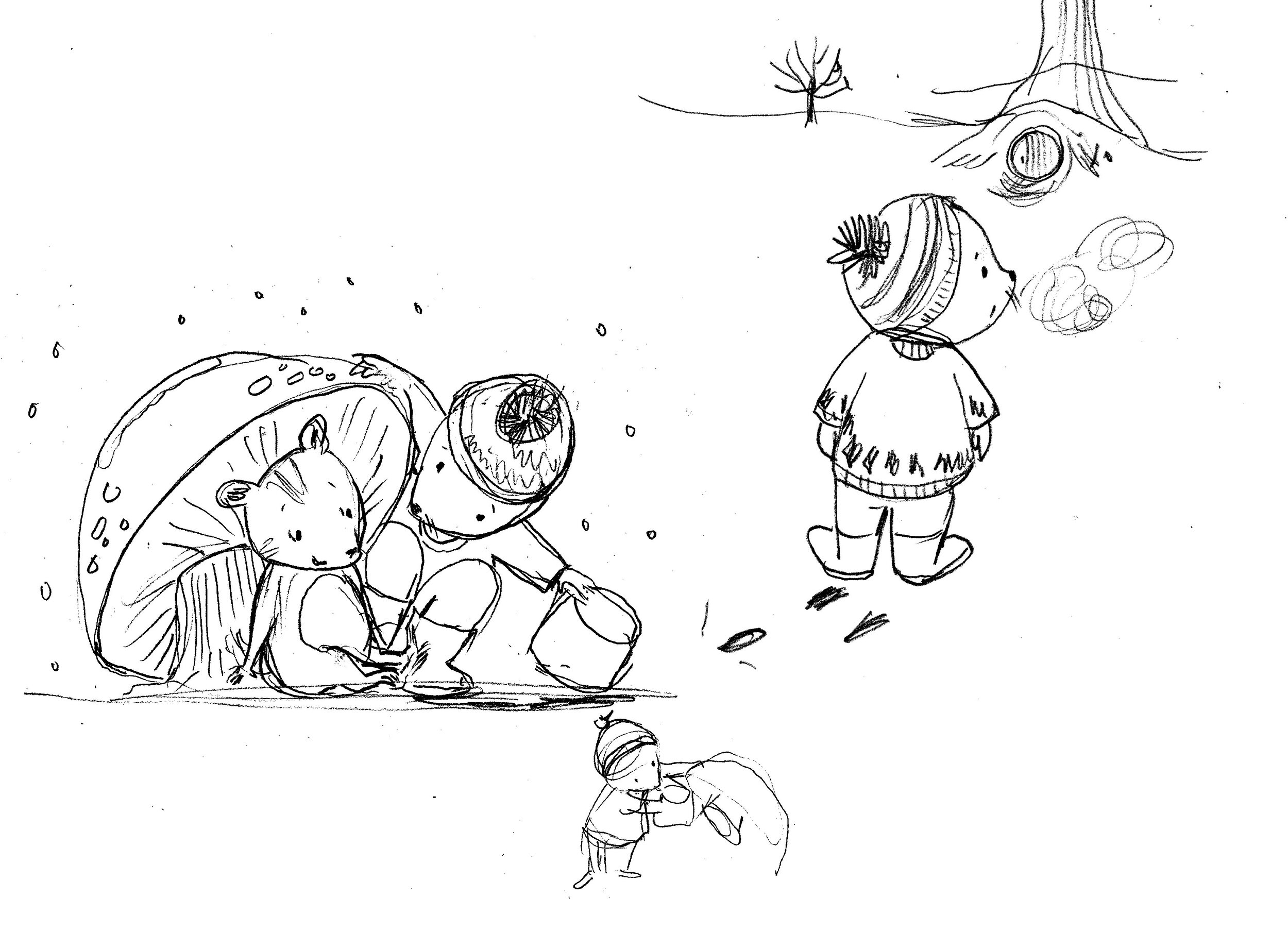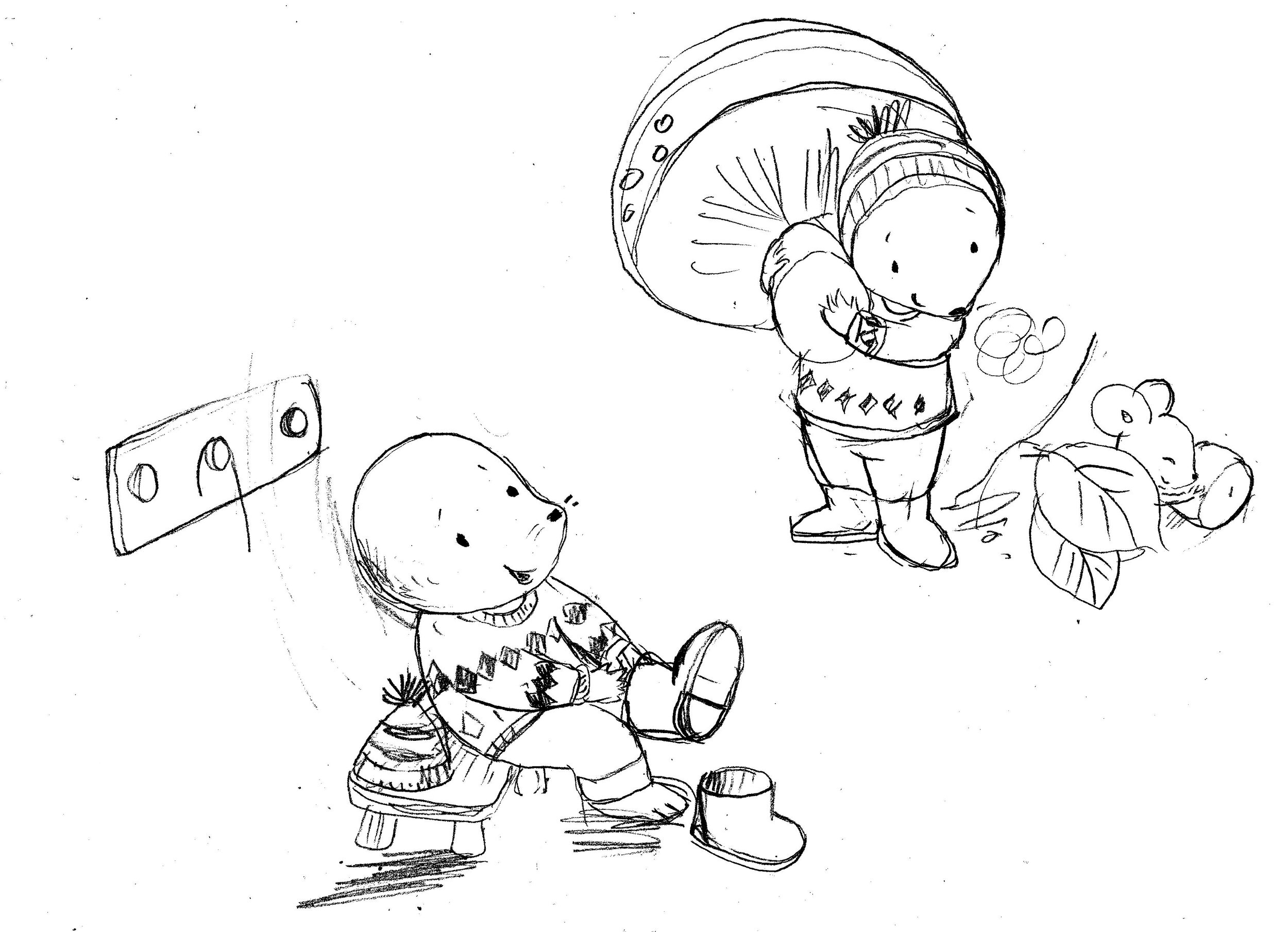On Literary Pathways
/Living by the Page™
I walked by these shelves the other day and a moment of nostalgia hit me...for all those hours clocked at the kitchen table, or curled up on the sofa or out on our back deck...being transported to London, Birmingham, Avonlea, Boston with Anne, Bud, Charlotte, Almanzo and the like. I posted a few months ago that we waited to start the Harry Potter series until my oldest was 13 and my youngest 8 for various reasons (post here) and it led down the discussion of literary pathways and I've been wanting to get to this post for a while. Every family's literary pathway will look different but here, in a mix of reflection and listicle style, is mine:
Background: I didn't start tracking our family read alouds until my kids were 7, 5 and 2. Prior to that we were in the land of picture books, library storytimes and I-Can-Read books (both of my older two were early readers, around age 4, so if I wasn't reading picture books to them, they were very earnest about showing off their new skill to ME!).
(A bit more background: my parents are from Argentina and they highly value education but neither came from a read aloud culture. I have a vague memory of my mom reading to me when I was four and my next memory is her reading aloud and me getting frustrated and wanting to read faster, by myself. And her happily handing that book over, lol. To be fair she had four other children under age 6 at that point.)
So back to my kids being ages 2-7, at some point it dawned on me that we were entering into a glorious age of reading and I could tell that my older boys were able to sit through longer read-alouds. Frog + Toad stories were such a hit but they were over quickly so one day I dusted off an old copy of The House at Pooh Corner and was thrilled when my then 6 and 4 year old sat, enraptured, whilst my 2 year old napped. Hence began our snacks + stories tradition. This has been a long standing tradition but really started during nap time for my youngest or when they started going to school and were hungry (and a bit overstimulated) and needed some focused downtime. And I could read aloud uninterrupted while their little hands were busy with snacks. I honestly wasn't sure where to start but a childhood favorite author of mine had been Roald Dahl so I began with Fantastic Mister Fox mainly because of the length and clever yet easy to follow storyline. Yes, I had to stop and explain certain vocabulary words, but I was thrilled that they were captivated by Dah’s satirical and whimsical writing. I then moved onto Stuart Little, The Brambly Hedge Series, James and the Giant Peach, Ollie's Odyssey, A Certain Small Shepherd and at night my husband read them one of his favorites: The Lion, The Witch and the Wardrobe. I began to add books by authors like Marguerite de Angeli that were new to me: Yonie Wondernose and Thee, Hannah! and loved seeing them enjoy them. We live in Michigan which is far from my family (ATL) and between those road trips as well as trips north to my in-laws lakehouse, we began adding audiobooks into the mix: that year we did The Mouse and the Motorcycle, Angus + Sadie, The Story of Paddington Bear, The One + Only Ivan, Stone Fox, Beatrix Potter and the Tales of Peter Rabbit, The Wizard of Oz and Paddle-to-the-Sea.
The following year, in 2017, we again, kept up with either longer picture book read alouds (think 50 pages or more) and other chapter books. The list is below. My kids were now 8, 6 and 3.
The Animals Robert Scott Saw
The Animals Christopher Columbus Saw
Skippack School
Twelve Kinds of Ice
The Night Fairy
Twig
James Herriot’s Treasury for Children
The Jungle Book
The Curious Guide to Things That Aren’t
Anne of Green Gables
Beatrix Potter Treasury
Brave Red, Smart Frog
Peter Pan
The Purloining of Prince Oleomargarine
The Family Under the Bridge
The Best Christmas Pageant Ever
A Tree for Peter
Jotham’s Journey
Our audiobooks included:
The Miraculous Journey of Edward Tulane
Appleblossom the Possum
Ramona the Pest
Ramona Quimby, Age 8
Ramona and Her Father
Ramona and Her Mother
Ramona Forever
The Penderwicks
The Penederwicks on Gardam Street
In 2018, as my kids turned 9, 7 and 4, I remember becoming even more intentional about read alouds. I started to realize that our style was a mix of classical and contemporary. Seeing them (especially my older two) be able to sit through and comprehend Peter Pan, The Jungle Book and Anne of Green Gables gave me the confidence to them introduce more classics:
The Hobbit
The Wind in the Willows
A Little Princess
Alice in Wonderland
The Beauty and the Beast
Good Night Tales by C.S. Fritz
Macbeth for Kids (Shakespeare Can Be Fun Series)
Tales of Wonder
A Christmas Carol
A Year Full of Stories: 52 Classic Stories from All Around the World
Bartholomew’s Passage: A Family Story for Advent
And for audiobooks, we did:
· Mary Poppins
· The Penderwicks at Point Mouette
· The Penderwicks in Spring
· The Penderwicks at Last
· Eugenia Lincoln and the Unexpected Package
· The War That Saved My Life
· The War I Finally Won
· Who Was? Scientists and Inventors
In 2019, my kids were 10, 8 and 5 and for some reason I didn't track audiobooks that year but ones that we read aloud that year are below. I began to think seasonally about read-alouds: we purposely did The Long Winter during our own long Michigan winter, I debuted the Secret Garden in springtime and I read aloud Tom Sawyer in the summer. You can probably tell our Advent reads just by looking at the titles, wink. And the gem of that year was being introduced to Christopher Paul Curtis. I found Elijah of Buxton on the shelves of their lakehouse and asked to borrow it. They told me to keep it and I'm thrilled that they did as the next few years I'd purposely included a CPC in our read-alouds.
Elijah of Buxton
The Long Winter
The Secret Garden
The Adventures of Tom Sawyer
The Miraculous Journey of Edward Tulane
The Adventurous Life of Myles Standish
The True Gift
The Best Christmas Pageant Ever
The Life and Adventures of Santa Claus
In 2020, my kids were 11, 9 and 6 and I started to be conscious of some books that my daughter had been too young to remember and needed to circle back to those (ie: Fantastic Mister Fox) and then was realizing that were some that maybe my boys had read on their own but not heard as a read aloud and so before my daughter could independently get to those, I wanted the memory of reading them together (ah, the motivational kick that only the last child can give to a mama, right). Exhibit A: Charlotte's Web. That year I intentionally decided to tackle George MacDonald (even though I may be missing something, we still are all a bit baffled when we come to the end of one) and I wanted to continue rounding out our shelves with diverse voices (more Christopher Paul Curtis and Louise Erdrich).
Charlotte’s Web
The Snow Queen
The Light Princess
The Golden Key
Bud, not Buddy
Fantastic Mr. Fox
Heidi
The Watsons Go To Birmingham
Boy of the Pyramids
The Saracen Steed
The Birchbark House
Tabitha’s Travels
The Invention of Lefse
The Birds’ Christmas Carol
Audiobooks:
Echo Mountain
The One and Only Ivan
Adventures with Waffles
Madame Badobedah
2021 had us becoming 'pandemic homeschoolers' and given that the kids were 12, 10 and 7 and all reading voraciously and independently, I chose our read alouds carefully-I had long been wanting to read The Phantom Tollbooth and Peacemaker in the fall (and the history curriculum we were using also included them so I ironically didn't read as much as my voice was pretty heavily used with teaching!)
· Carry On, Mr. Bowditch
· The Three Gold Doubloons
· The Kidnapped Prince
· The Railway Children
· Miracles on Maple Hill
· The Mighty Miss Malone
· Through the Wall
· The Phantom Tollbooth
· The Princess and the Goblin
· Ishtar’s Odyssey
· Peacemaker
· Wise Words
Audibooks included:
A Shiloh Christmas
Brave Like That
Seekers: The Quest Begins
The Zoo at the Edge of the World
My Name is Tani
Lizzie Bright and the Buckminster Boy
Incorrigible Children of Ashton Place series (Books 1, 2, 3, 4 and 5)
2022 had us continue in the same vein and now my kids are 13, 11 and 8. I'm more conscious of mixing read alouds with what they are learning/studying and again, rereading some for the sake of my youngest (ie: The Hobbit). I'm also introducing stories with more dialogue (The Vanderbeekers, All of a Kind Family, A Place to Hang the Moon) as my kids are at peak sibling relational years!
Little Pilgrim’s Progress
The Vanderbeekers of 141st Street
The World of William Penn
The Tortoise and the Soldier
The Journey of Little Charlie
The Hobbit
Island of the Blue Dolphins
A Single Shard
Bronze and Sunflower
A Long Road on a Short Day
All-of-a-Kind Family
A Place to Hang the Moon
Audibooks:
Stubby the War Dog
The Long Lost Home: Incorrigible Children of Ashton Place Book 8
James Herriot's Treasury for Children
And so that brings us to the present where our read alouds have been books 1 and 2 of Harry Potter and my next re-read will be Anne of Green Gables (my daughter is 9 and I want the memory of reading that one to her and am interested to hear what my older boys remember as they were LITTLE when I read it to them before).
So sometimes I'm asked: Was all that time reading aloud worth it? Did they really understand what you were reading?
And here is the thing. I'm honestly not responsible for what they understand or remember but this is what I do know: children understand so much more than we give them credit for. And I let the authors do the heavy lifting. Kids instinctively are able to discern that Peter Pan is about mourning the end of childhood, that Heidi, Anne of Green Gables and A Little Princess exemplify the choice we all have each day to not delve into bitterness and turn towards grace and forgiveness, and that The Secret Garden and Charlotte's Web remind us of the beauty of unlikely friendships. Birchbark House provides a good indigenous historical alternative to The Little House series but if you don't want to read one over the other, then read both and talk about it! The Railway Children, A Place to Hang the Moon and The War that Saved my Life depicted what life was like for children during the World Wars and all Christopher Paul Curtis books we've read include themes of either enslavement or Civil Rights and that led to great age-appropriate discussions. Did I have to pause with the classics sometimes to paraphrase if the language felt over their heads at times? YES. Did I stop to ask them to narrate back to me what they heard to be sure I understood? YES. Did I have to put some stories into the context of colonialism? YES. Did I sometimes have to put books down to pause due to my own sadness? YES. Did we laugh out loud together at a character’s humorous antics? YES.
No, I honestly don't regret those minutes, hours and days a single bit. I feel that as parents we're stewarded with developing their minds and while picture books are wonderful (and we still read them with older children too-they are not mutually exclusive), there is an alchemy to traveling through longer complex chapter books that is hard to explain. And while I consider myself rather well read, I had never heard of Charlotte Mason until a few years ago and her words regarding reading resonated with what was always intuitive to me.
As for literature – to introduce children to literature is to install them in a very rich and glorious kingdom, to bring a continual holiday to their doors, to lay before them a feast exquisitely served. But they must learn to know literature by being familiar with it from the very first. A child's intercourse must always be with good books, the best that we can find. -Charlotte Mason
So yes, when my oldest came home from kindergarten one day asking about Harry Potter because a friend mentioned their parent was reading it to them, I just smiled and told him that I had collected the books as they came out when I was in my 20s and that he need not worry, that the books (originals!) were all sitting in my office upstairs and that we'd get to them when he and his siblings were older. But that first, we had someone named Aslan that he needed to meet.
Please know that this is not prescriptive: this literary pathway evolved and emerged like most things in parenthood do: sometimes intentional, other times reactive. Some books my kids begged me to keep reading, other times we slogged through and breathed a collective sigh of relief when we were done. I'm often surprised by what they forget, and am tickled by what they remember. Some books I maybe waited too long on, and others I probably introduced a bit early. But at the end of the day, these stories stay imprinted on their minds and hearts and these times together are memories that YOU and YOUR kids are making together so just read and make them! I am praying that the main takeaway ‘my mom was always excited to read to us-maybe sometimes too excited’ will override ‘boy, did my mom look at her phone a lot’. Or one can hope! If you have any questions, ask away! I always love talking about what we’ve read and what we are reading!
